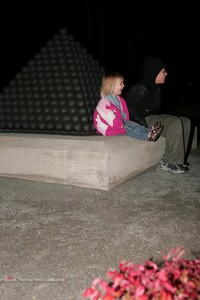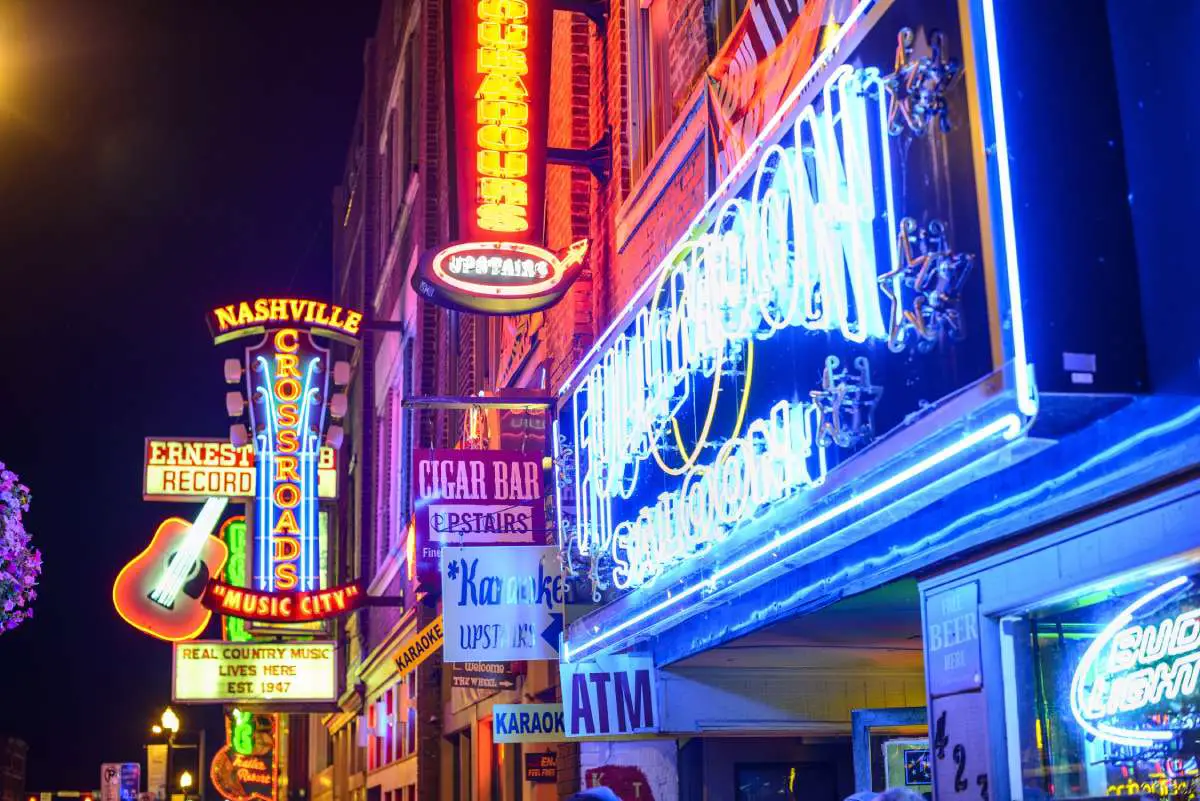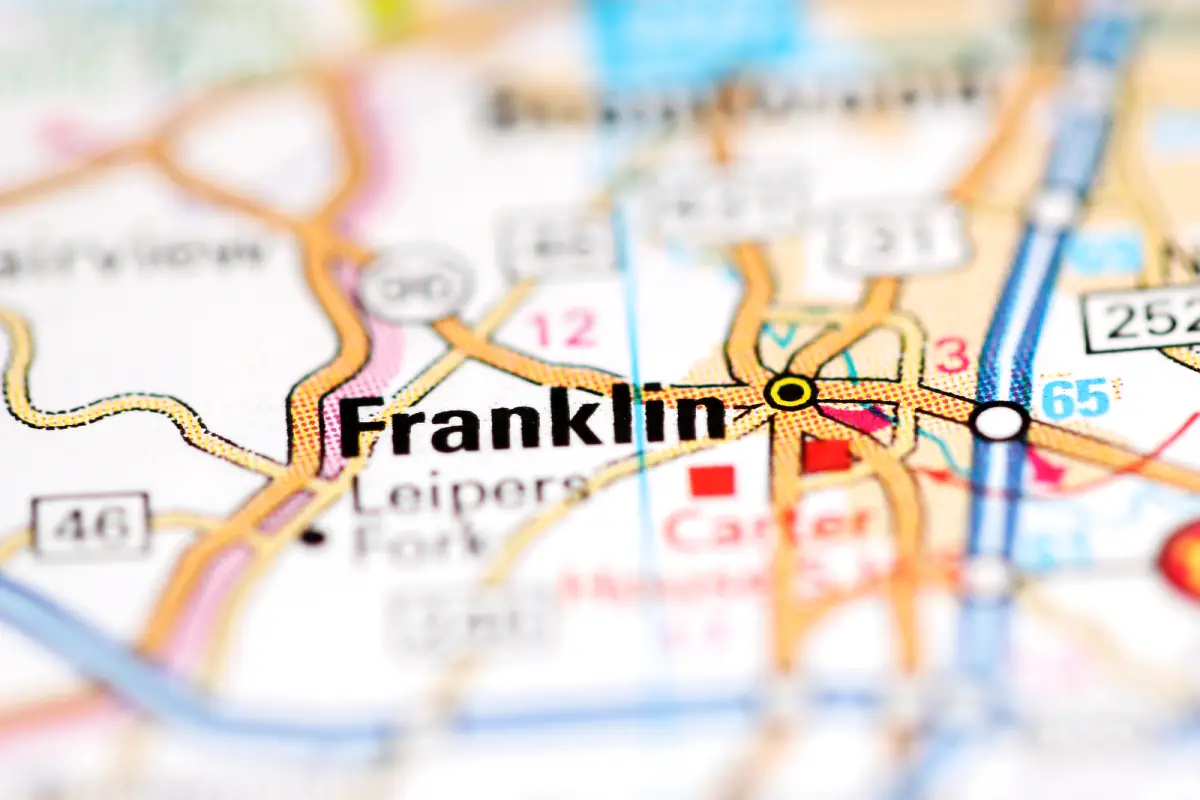 Everyone loves a great story. I especially love a true story that is filled with adventure.
Everyone loves a great story. I especially love a true story that is filled with adventure.
You may not have noticed, but every time you drive down Columbia Avenue in Franklin, you are passing a story that played out in 1864.
On November 30th of that year, almost 9,500 men were lost in a battle that Sam Watkins of the 1st Tennessee Infantry called "the blackest page in history of the War of the Lost Cause. It was the bloodiest battle of modern times in any war. It was the finishing stroke to the Independence of the Southern Confederacy. I was there. I saw it."
The battlefield was very small (only 2 miles long and 1-½ miles wide) and only lasted around 5 hours, but the damages there made the Army of Tennessee nearly nonexistent.
The Battle of Franklin was one of the few night battles during the Civil War and proved to be one of the bloodiest as well.
Today, the memory of that day lives on in Franklin, Tennessee’s historic sites. You can capture this rich history with your own eyes and imagine what it must have been like to live it.
Historic Battle Of Franklin Sites
The story begins at the Carter House, which was at the center of the battle.
Built in 1830 by Fountain B. Carter, the house was used as a Federal Command Post while the Carter family took refuge in the cellar. For an admission fee, you can receive a guided tour of the property, check out their museum, and see a video presentation.
 During the tour, you will hear about Captain Tod Carter, who saw his home for the first time in over 3 years during the battle, and see hundreds of bullet holes that litter the house and property.
During the tour, you will hear about Captain Tod Carter, who saw his home for the first time in over 3 years during the battle, and see hundreds of bullet holes that litter the house and property.
Just across the street from the Carter house is the Lotz House, built in 1858 by German woodworker Albert Lotz. The Lotz family, fearing their house wouldn’t hold up against the war, hid with the Carters during the Battle of Franklin.
The house became a hospital for both Union and Confederate soldiers until the summer of 1865. The damage from the Battle of Franklin is still evident in the house from the blood stained floors to the cannonball marks and patched ceilings.
There is a guided tour where you’ll hear the history of the house and find out more about historic furnishings, fine arts, antiques, and the Lotz family.
Next, head to the Carnton Plantation, built by former mayor of Nashville, Randal McGavock, that became a Confederate hospital during the battle. The hospital saw so many patients; the floors are still bloodstained to this day.
A staff officer for the Confederate army said of the house, "the wounded, in hundreds, were brought to [the house] during the battle, and all the night after. And when the noble old house could hold no more, the yard was appropriated until the dead and wounded filled that…"
In 1866, Mr. McGavock donated 2 acres of his land to a cemetery where 1,481 Confederate soldiers are buried. It is the largest privately owned military cemetery in the nation. While there is an admission fee to see this home, there is a 1-hour guided tour that is worth the money.
Finally, see Fort Granger, just steps away from Pinkerton Park. This 13-acre battlefield with a boardwalk was built in 1862 by Union soldiers. The fortified land helped secure the Union’s stronghold on Middle Tennessee.
There is no admission fee to view the grounds and while touring the National Park, there are many plaques around the fort that help you understand its significance and use.
Other Marker Stops Around Franklin, Tennessee
- Winstead Hill – at Columbia Avenue and Mack Hatcher Parkway
- Confederate Monument – at the Town Square
- Dr. McPhail’s Office – which served as Major General John M. Schofield’s command headquarters and today houses the Williamson County Visitors Center at 209 E Main Street
- Carter Cotton Gin – across the street from the Carter House
More About The Battle of Franklin
Virtual Driving Tour Of The Battle Of Franklin
Guide To The Tennessee Civil War Trails
Animated Map Of The Battle Of Franklin
Tips For The Civil War Traveler In Franklin, TN
Little-Known Facts About The Battle Of Franklin
I’m a stay-at-home mother of 3. Our family of 5 lives in Franklin, Tennessee. I love it here!




